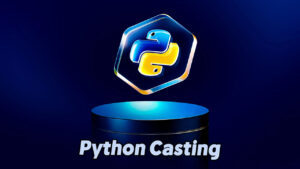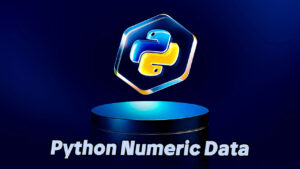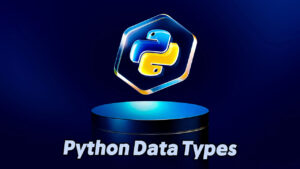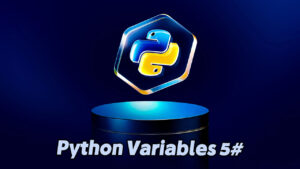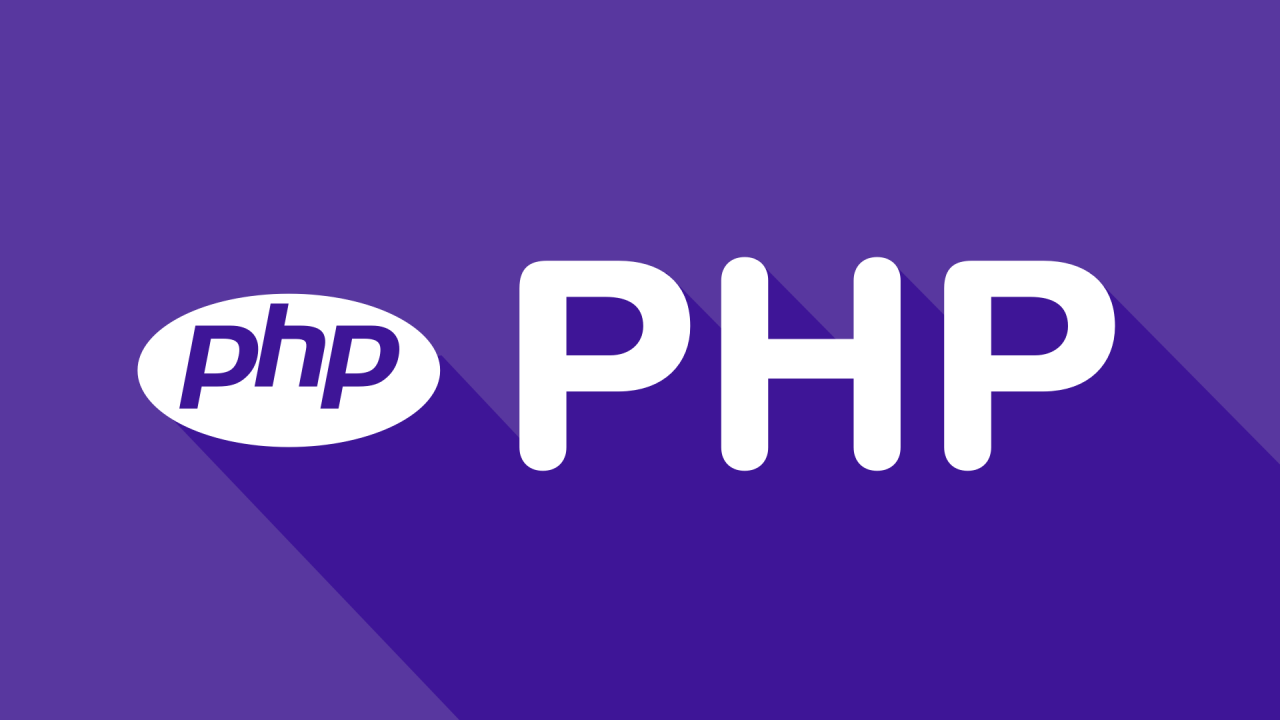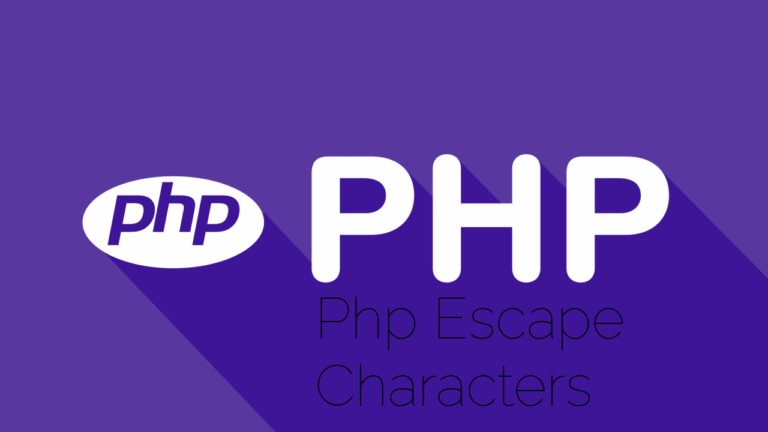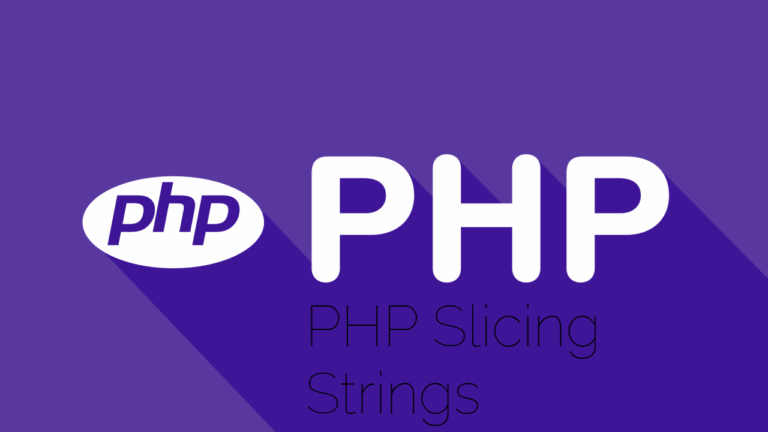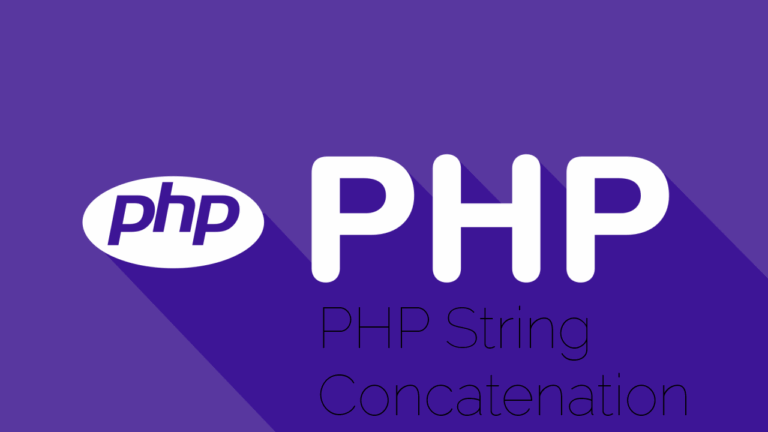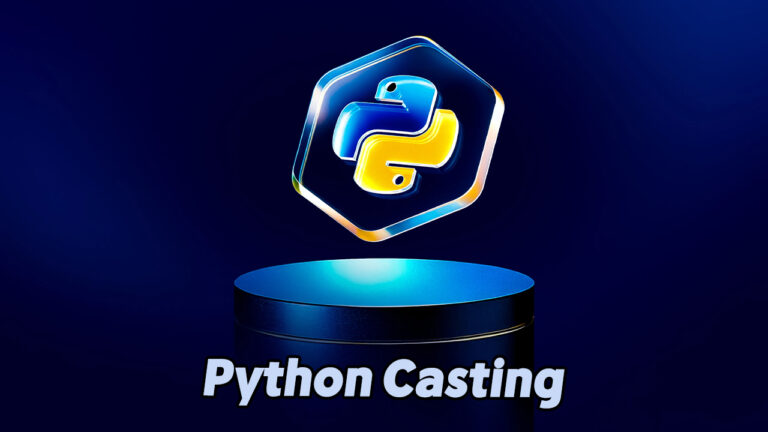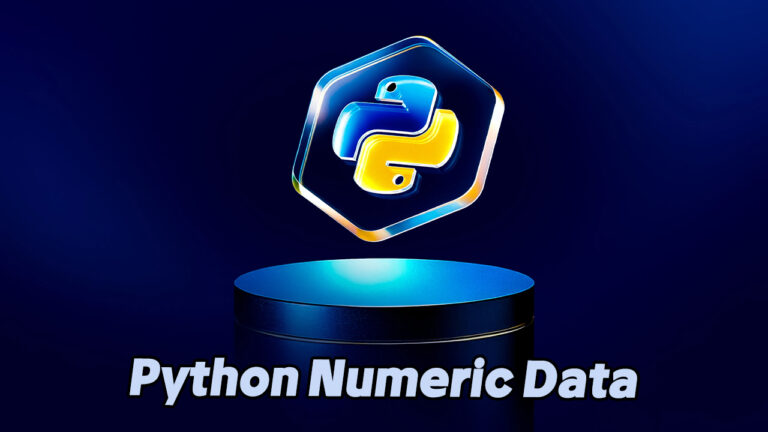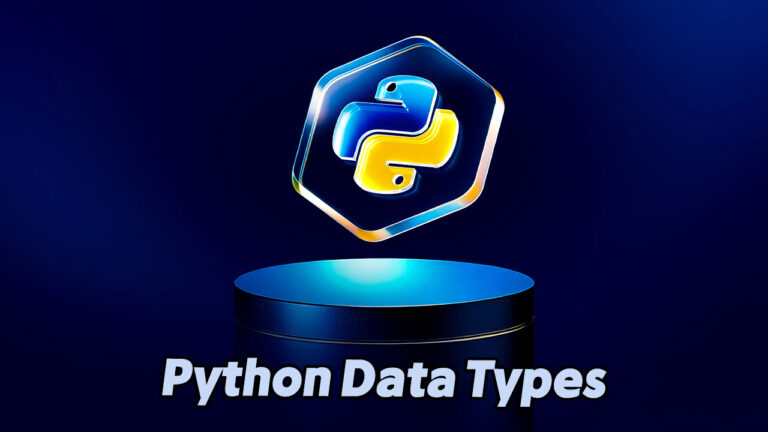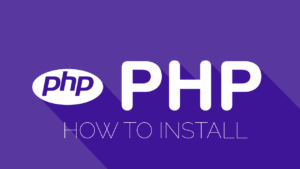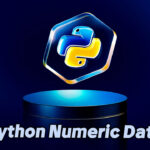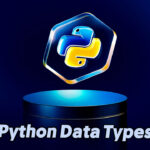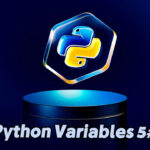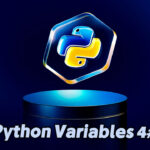Foundational Knowledge Required
Before delving into server-side scripting, it’s important to establish a baseline understanding of web development fundamentals. Proficiency in HTML (HyperText Markup Language), CSS (Cascading Style Sheets), and JavaScript (JS) is recommended, as these languages form the core of front-end web design and functionality. A conceptual grasp of how the client-server model works will also be beneficial.
Introduction to PHP
PHP, originally standing for Personal Home Page and now known as PHP: Hypertext Preprocessor, is a robust and widely adopted open-source scripting language tailored for web development. Unlike client-side scripts that execute within a user’s browser, PHP is executed on the server, generating dynamic content that is delivered to the user’s browser as plain HTML.
Some key characteristics of PHP include:
- Open-source and freely available for use and modification
- Designed specifically for back-end web development
- Compatible with all major operating systems and web servers
Anatomy of a PHP File
A PHP file typically integrates a mix of HTML, CSS, JavaScript, and PHP code, allowing for seamless dynamic content generation and front-end interactivity. These files use the .php extension and are parsed on the server, with PHP code delimited by special opening (<?php) and closing (?>) tags.
The execution process works as follows:
- The server interprets the PHP code.
- The resulting output (usually HTML) is sent to the client’s browser.
- Additional interactivity may then be handled using JavaScript on the client side.
Functional Capabilities of PHP
PHP offers an extensive range of functionalities that make it indispensable in modern web development. With PHP, developers can:
- Dynamically generate and update web page content
- Handle server-side file operations (create, read, write, delete)
- Process and validate form inputs
- Manage cookies and sessions
- Interact with databases to store, retrieve, and modify data
- Implement authentication systems and user access control
- Securely encrypt and handle sensitive data
Moreover, PHP is not limited to HTML output. It can be used to generate images, PDF documents, XML data, or virtually any other file type supported by the server.
Advantages of Using PHP
PHP remains a preferred choice among developers due to its versatility and efficiency:
- Cross-platform support: Runs smoothly on Windows, Linux, macOS, and Unix systems
- Broad server compatibility: Works with most web servers, including Apache and Nginx
- Database integration: Supports popular databases such as MySQL, PostgreSQL, SQLite, and more
- Cost-effective: Free to use, with a rich ecosystem of libraries and frameworks
- Beginner-friendly: Offers a gentle learning curve while still being powerful for advanced use cases
To explore PHP in more detail, refer to the official documentation and community resources available at www.php.net.

